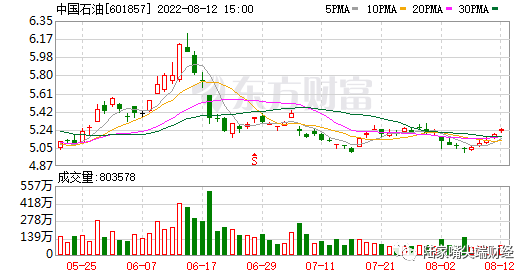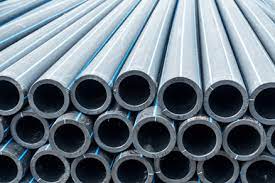-
 Sinopec, PetroChina and others voluntarily applied for delisting from US stocks08 16,2022
Sinopec, PetroChina and others voluntarily applied for delisting from US stocks08 16,2022Following the delisting of CNOOC from the New York Stock Exchange, the latest news is that on the afternoon of August 12, PetroChina and Sinopec successively issued announcements that they planned to delist American Depositary Shares from the New York Stock Exchange. In addition, Sinopec Shanghai Petrochemical, China Life Insurance, and Aluminum Corporation of China have also successively issued announcements saying that they intend to delist American depositary shares from the New York Stock Exchange. According to relevant company announcements, these companies have strictly abided by the U.S. capital market rules and regulatory requirements since they went public in the United States, and the delisting choices were made out of their own business considerations.
-
 What HDPE is used for?08 15,2022
What HDPE is used for?08 15,2022HDPE is used in products and packaging such as milk jugs, detergent bottles, margarine tubs, garbage containers and water pipes. In tubes of varying length , HDPE is used as a replacement for the supplied cardboard mortar tubes for two primary reasons. One, it is much safer than the supplied cardboard tubes because if a shell were to malfunction and explode inside an HDPE tube, the tube will not shatter. The second reason is that they are reusable allowing designers to create multiple shot mortar racks. Pyrotechnicians discourage the use of PVC tubing in mortar tubes because it tends to shatter, sending shards of plastic at possible spectators, and will not show up in X-rays.
-
 How can you tell if plastic is polypropylene?08 04,2022
How can you tell if plastic is polypropylene?08 04,2022One of the simplest ways to carry out a flame test is by cutting a sample from the plastic and igniting it in a fume cupboard. The colour of flame, scent and characteristics of burning can give an indication of the type of plastic: 1. Polyethylene (PE) - Drips, smells like candlewax; 2.Polypropylene (PP) - Drips, smells mostly of dirty engine oil and undertones of candlewax; 3. Polymethylmethacrylate (PMMA, "Perspex") - Bubbles, crackles, sweet aromatic smell; 4. Polyamide or "Nylon" (PA) - Sooty flame, smells of marigolds; 5. Acrylonitrilebutadienestyrene (ABS) - Not transparent, sooty flame, smells of marigolds; 6. Polyethylene foam (PE) - Drips, smells of candlewax
-
 What is Polyethylene?07 29,2022
What is Polyethylene?07 29,2022Polyethylene, also known as polythene or polyethene, is one of the most commonly used plastics in the world. Polyethylenes usually have a linear structure and are known to be addition polymers. The primary application of these synthetic polymers is in packaging. Polyethelyne is often used to make plastic bags, bottles, plastic films, containers, and geomembranes. It can be noted that over 100 million tonnes of polyethene is produced on an annual basis for commercial and industrial purposes.




